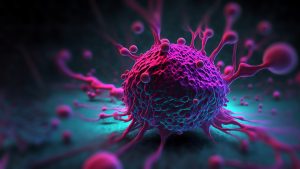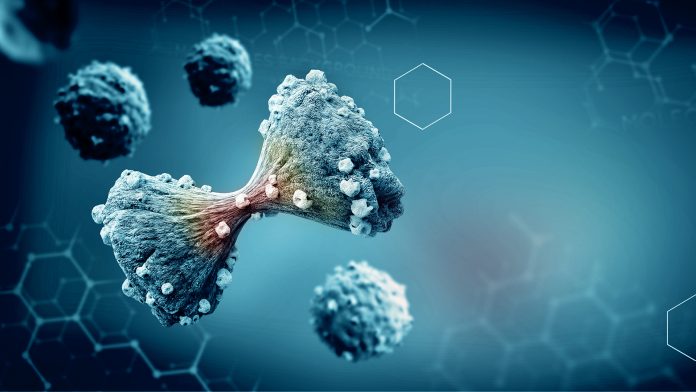An international team of interdisciplinary researchers has successfully created a 3D-printed tumour model that will better treat complex cancers.
The team, led by the University of Waterloo, combined cutting-edge bioprinting techniques with synthetic structures or microfluidic chips to create the 3D-printed tumour model.
The method will help lab researchers more accurately understand heterogeneous tumours – tumours with more than one kind of cancer cell, often dispersed in unpredictable patterns.
A study detailing the research, ‘Controlled tumour heterogeneity in a co-culture system by 3D bio-printed tumour-on-chip model,’ is published in Scientific Reports.
Advancing developments in tumour treatment
Traditionally, medical practitioners would biopsy a patient’s tumour, extract cells, and then grow them in flat petri dishes in a lab.
Nafiseh Moghimi, an applied mathematics post-doctoral researcher and the study’s lead author, explained: “For 50 years, this was how biologists understood tumours. But a decade ago, repeated treatment failures in human trials made scientists realise that a 2D tumour model does not capture the real tumour structure inside the body.”
The team’s research addresses this problem by creating a 3D-printed tumour model that not only reflects the complexity of a tumour but simulates its surrounding environment.

“We are creating something that is very, very new in Canada. Maybe just a couple of labs are doing something even close to this research,” Moghimi said.
How was the 3D-printed tumour model created?
Firstly, the team created polymer ‘microfluidic chips’ – tiny structures etched with channels that mimic blood flow and other fluids surrounding a patient’s tumour.
Next, the team grew multiple types of cancer cells and suspended these cell cultures in their own customised bioink: a cocktail of gelatine, alginate, and other nutrients designed to keep the cell cultures alive.
Finally, they used an extrusion bioprinter – a device that resembles a 3D printer but for organic material – to layer the different types of cancer cells onto the prepared microfluidic chips.
The result is a living, 3D-printed tumour model of complex cancers that scientists can then use to test different modes of treatment, such as various chemotherapy drugs.
The tumour model will be focused on breast cancer
Moghimi and her team are particularly interested in creating complex models of breast cancer. After skin cancer, breast cancer is the most common cancer diagnosed in women.
Breast cancer is incredibly challenging to treat because it appears as complex tumours containing multiple types of cells when it metastasises.
Relying on the cells from one or two biopsies to accurately represent an entire tumour can lead to ineffective treatment plans and poor outcomes.
The 3D-printed tumour model exemplifies how new technology enables faster, less expensive, and less painful treatments for severe conditions like late-stage cancer.









